Newsletter ABPI – Special Edition Congress 2022 – Day 2


Society and the BPTO are the real beneficiaries of the Public Civil Action of a structuring nature (proc. nº 5095710-55.2021.4.02.5101/RJ), filed by ABPI. On Tuesday, August 23, the experts who participated in the plenary session “Public Civil Action for structuring the BPTO” pointed out that the action aims to ensure the proper functioning of the institute. The debate, which closed ABPI’s 42nd International Congress on Intellectual Property, brought together ABPI’s president, Gabriel Leonardos; Professor of Procedural Law, Flávia Pereira Hill; the lawyers and representatives of ABPI in the process, Gustavo Osna and Marcelo Mazzola; and the Intellectual Property Attaché for Mercosur, Guyana and Suriname, David Kellis.
Lawyer and referee, Osna acknowledged that the BPTO does its best to preserve the “legal asset of the IP system”, but highlighted the structural nonconformity that afflicts the system in Brazil. According to Osna, considering that it would be up to the Union to ensure the federal autarchy’s autonomy for its proper functioning, the BPTO is not effectively a defendant in the Public Civil Action filed by ABPI. The action, judged partially favorable in the first instance, provides for the creation of a plan of goals and measures to be accomplished in a staggered way by the BPTO. “In this specific action, the BPTO is not a defendant. It is invited to participate, not to defend itself”, said Mazzola.
For Professor Flavia, considering the complexity of the topic, the process should enforce dialogue and a democratic perspective. “We are dealing with a complex and multifaceted structural process, which has no simplistic solution,” she said. “We have a first decision that opens space for a much more complex and sophisticated second stage that requires the supervision of the magistrate in the execution of the project”.
In his presentation, Kellis focused on the working structure of the American patent office, the USPTO. With 13,000 employees, 8,000 of whom are patent examiners, the agency takes an average of 36 months to approve a patent application. According to him, the USPTO can only fund its expenses with the revenue it has collected and following congressional appropriations. “When the agency collects more than it spends, the extra goes to a patent and trademark fund to be used in the future and, in this case, without the need for congressional authorization”, he concluded.